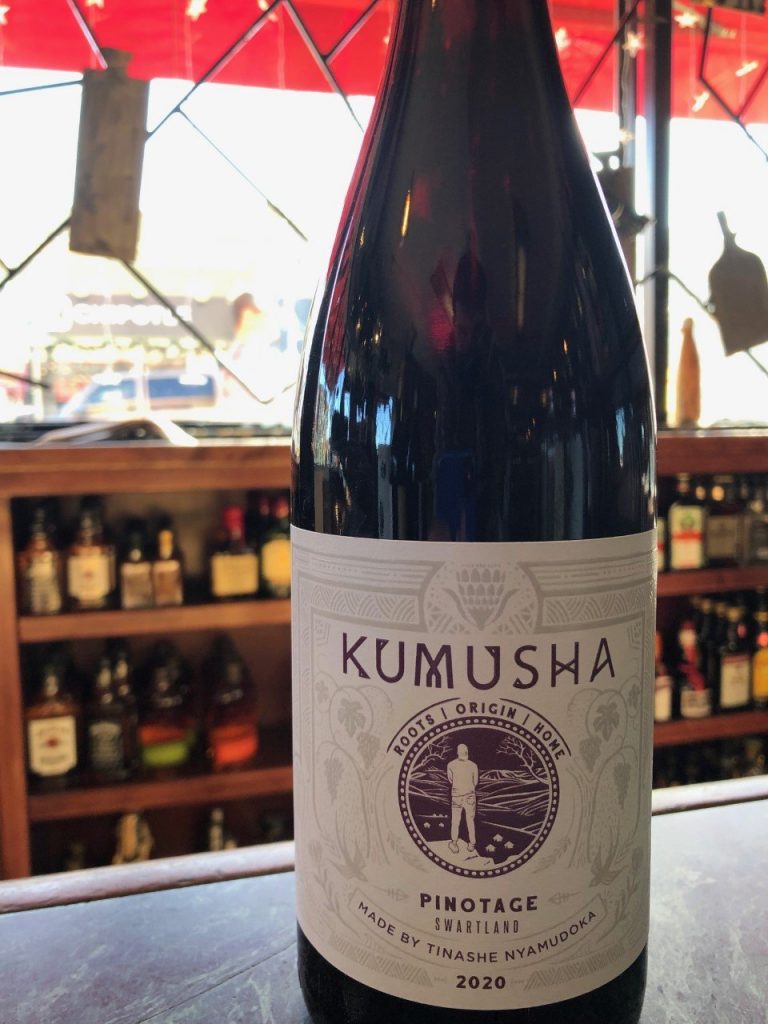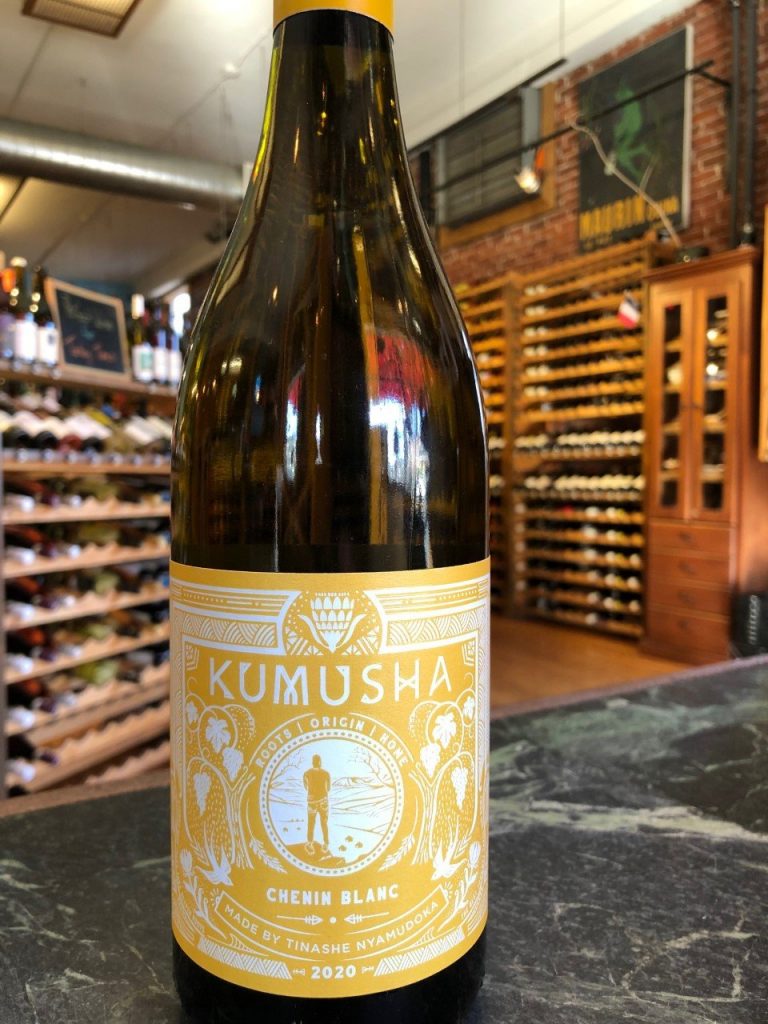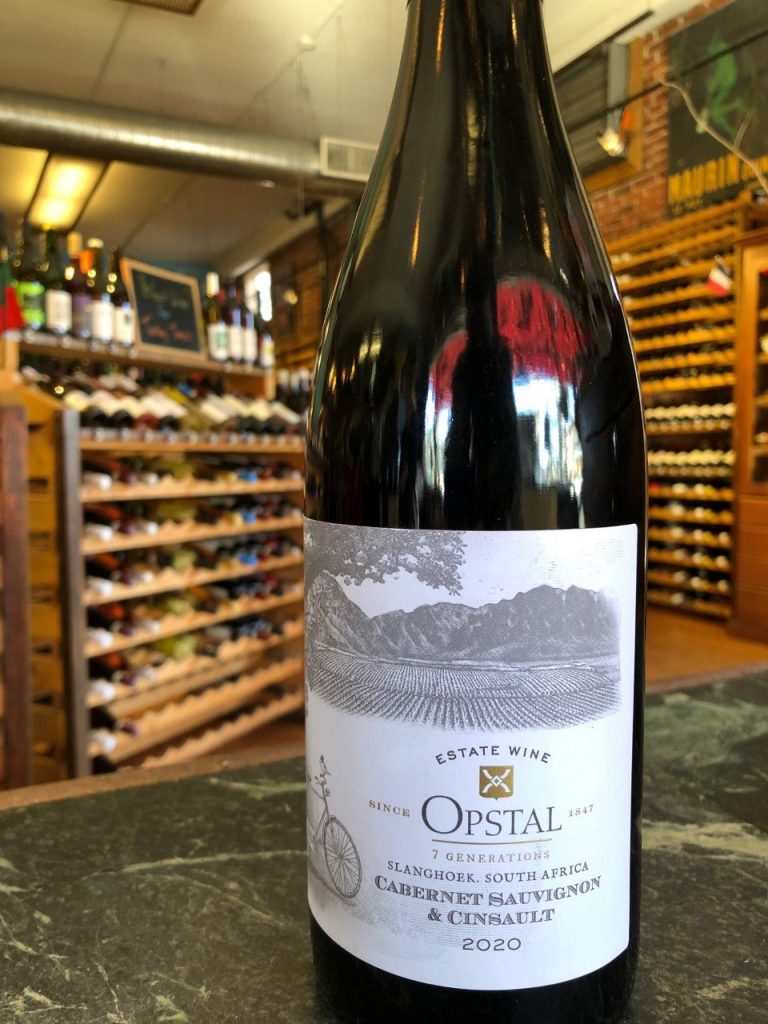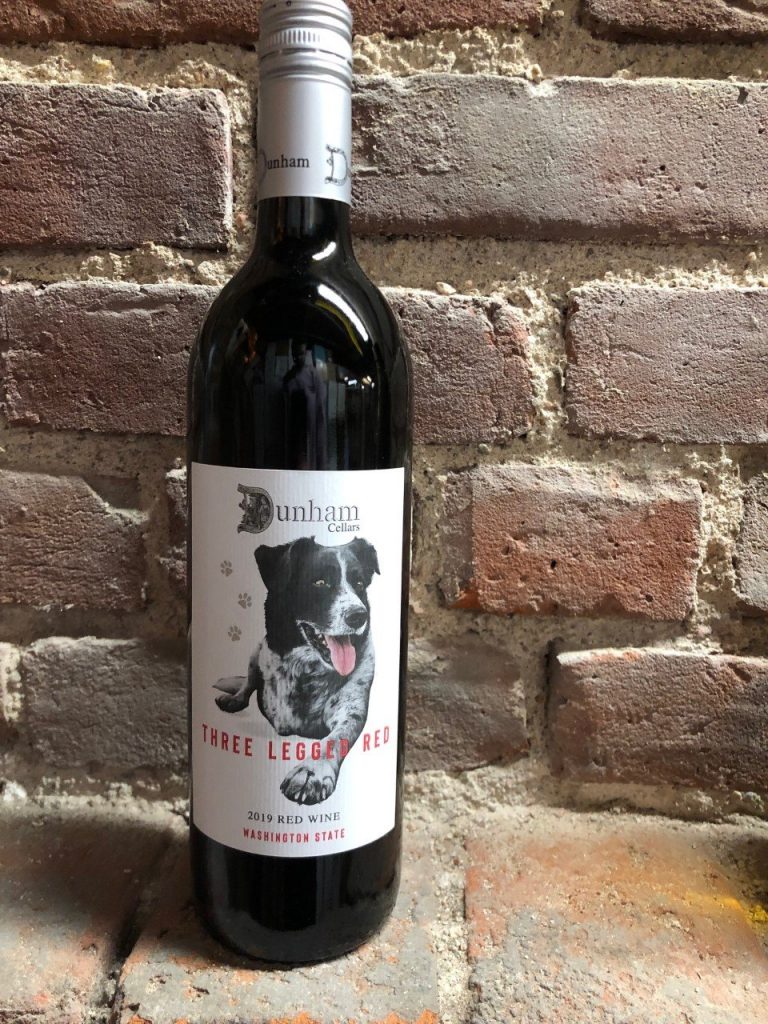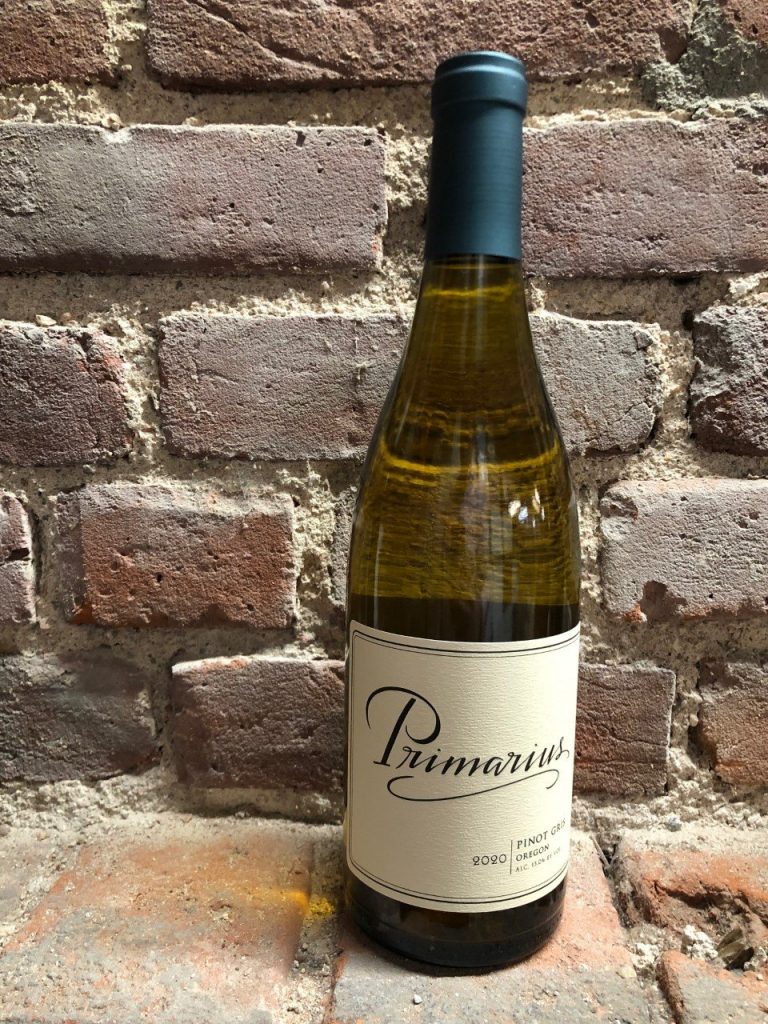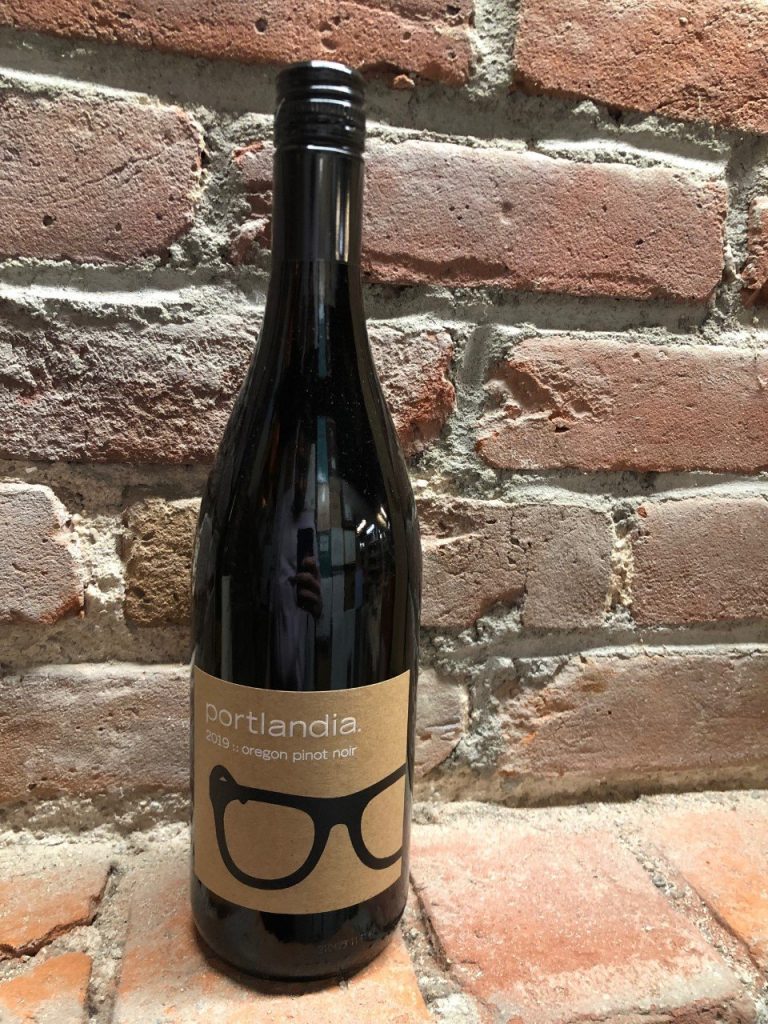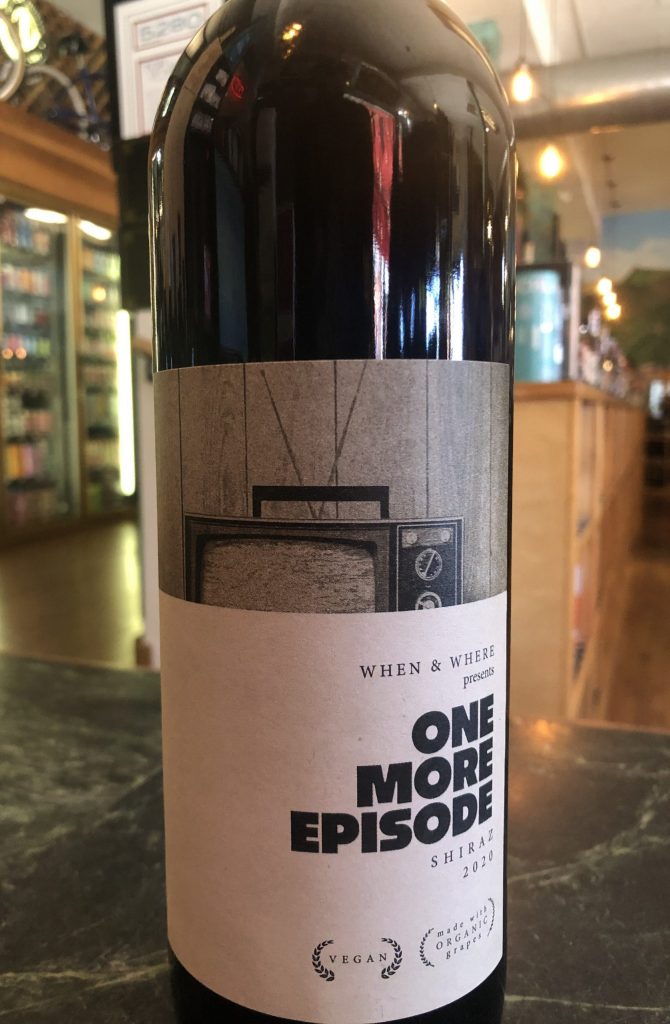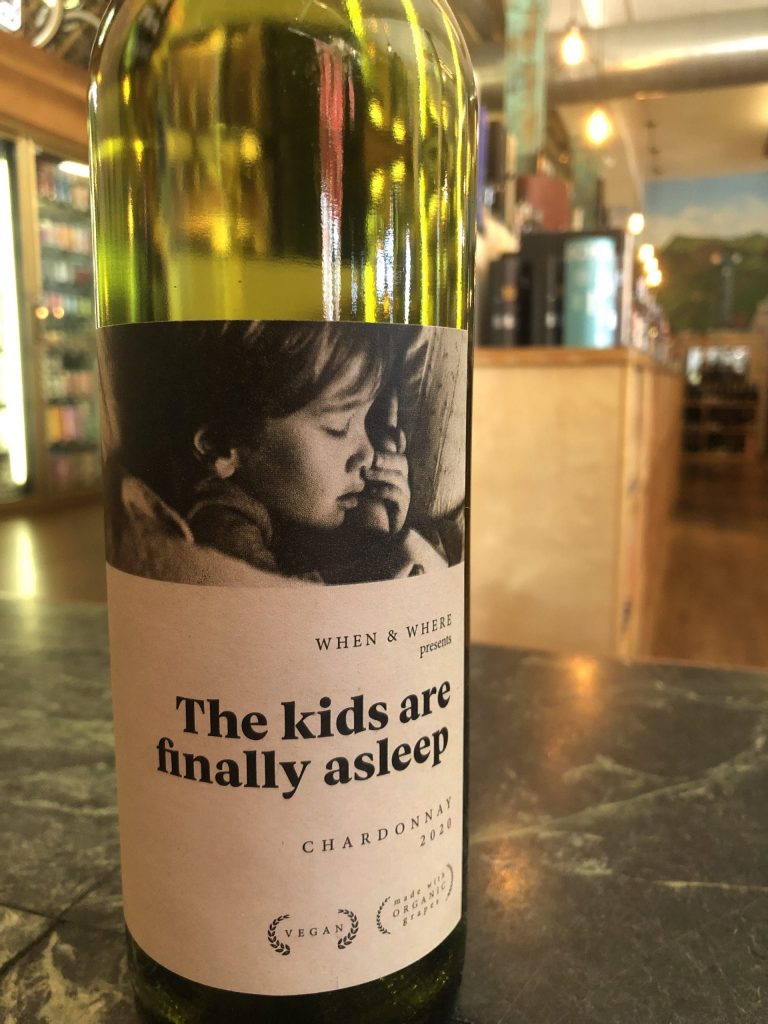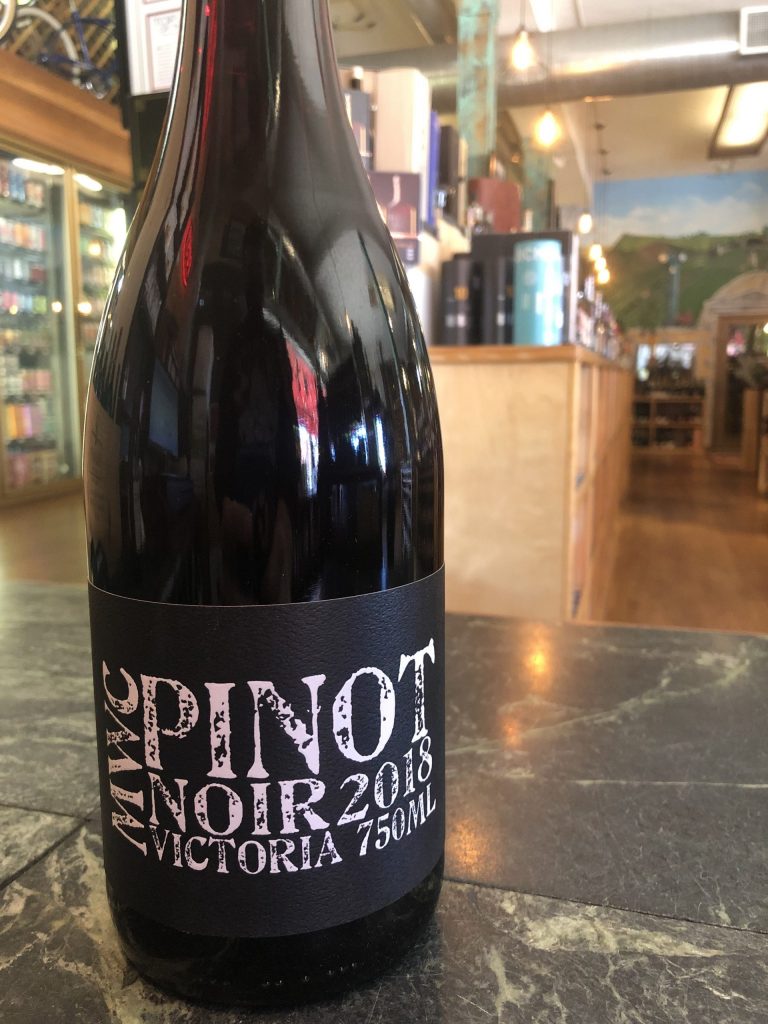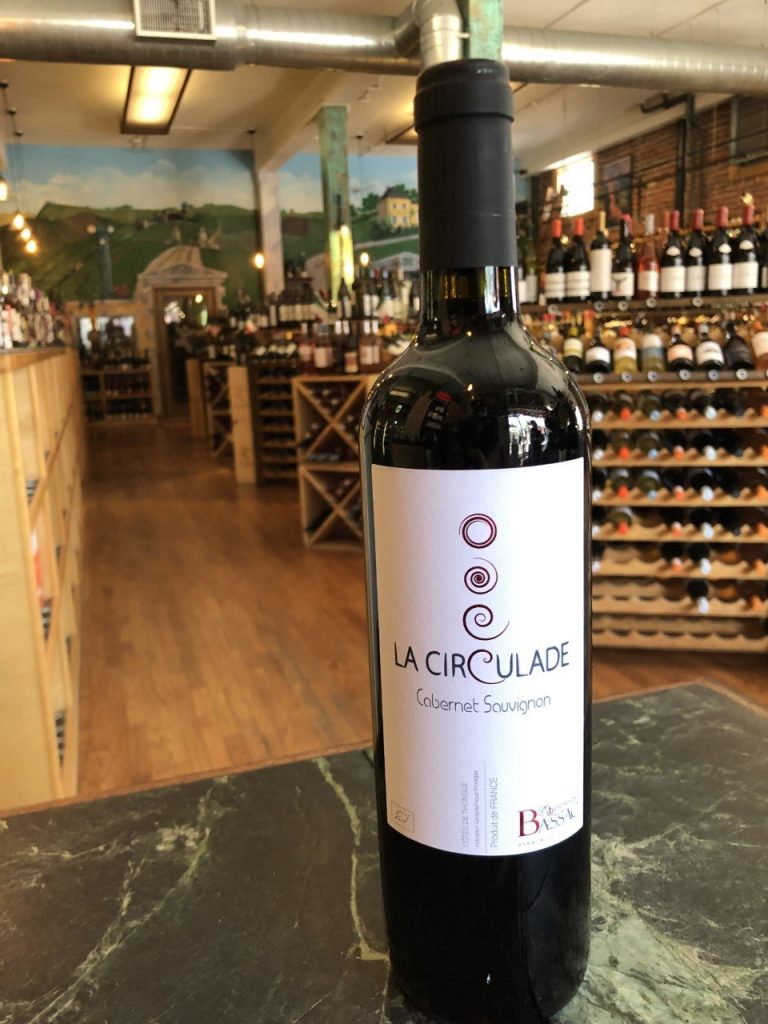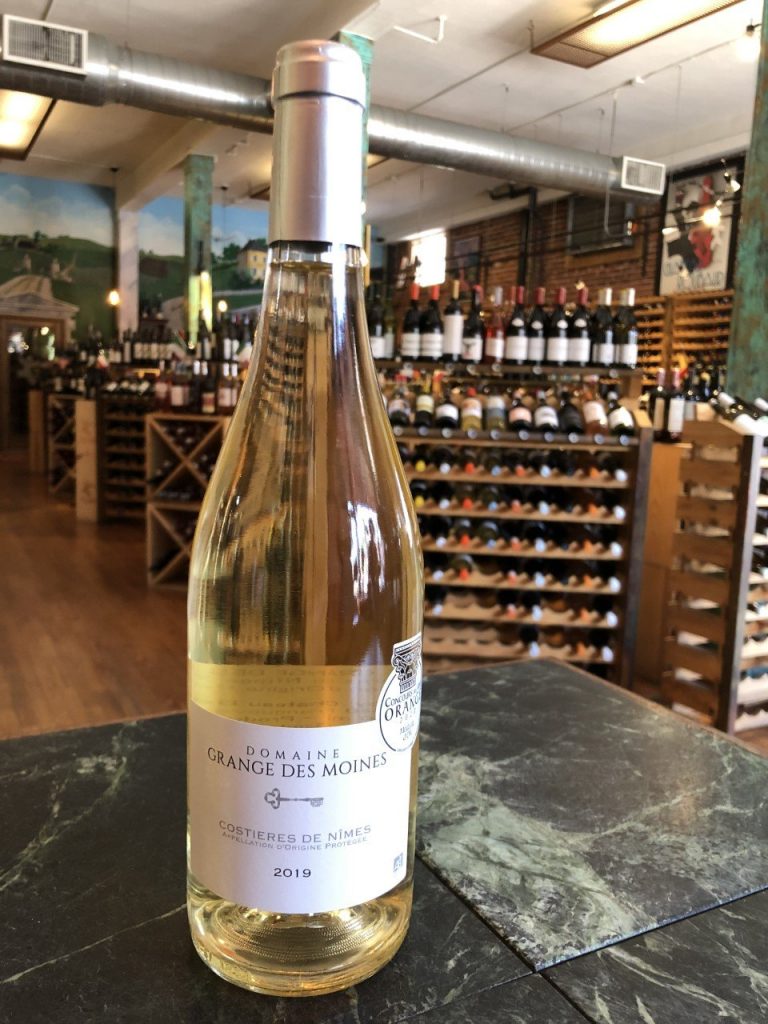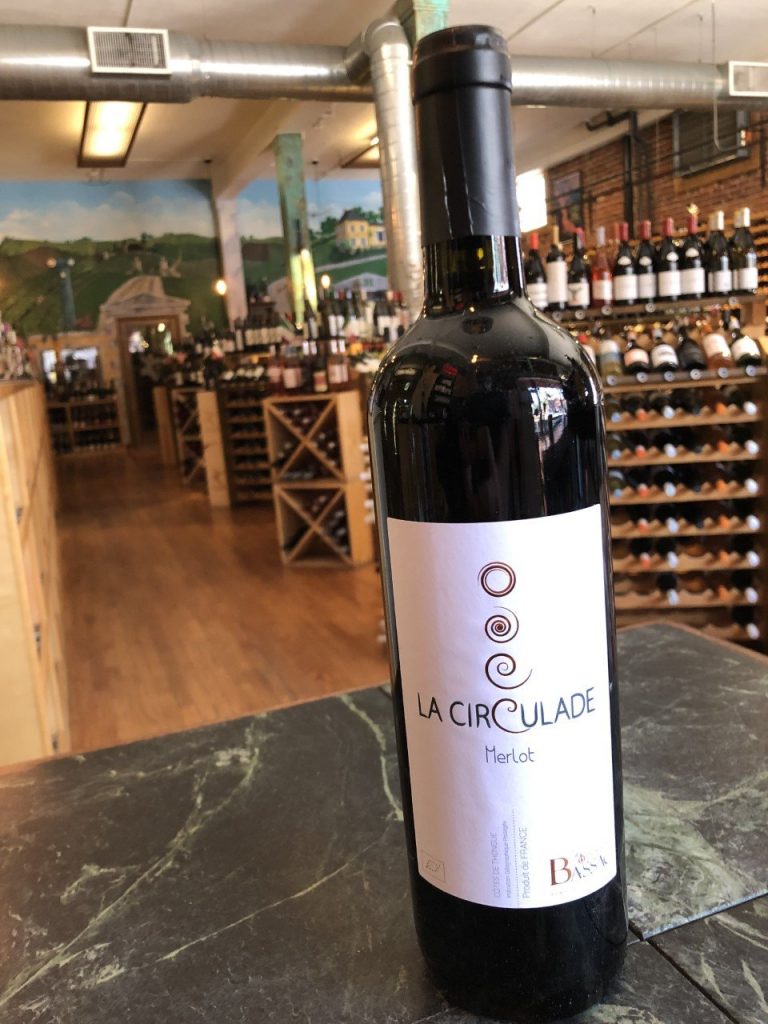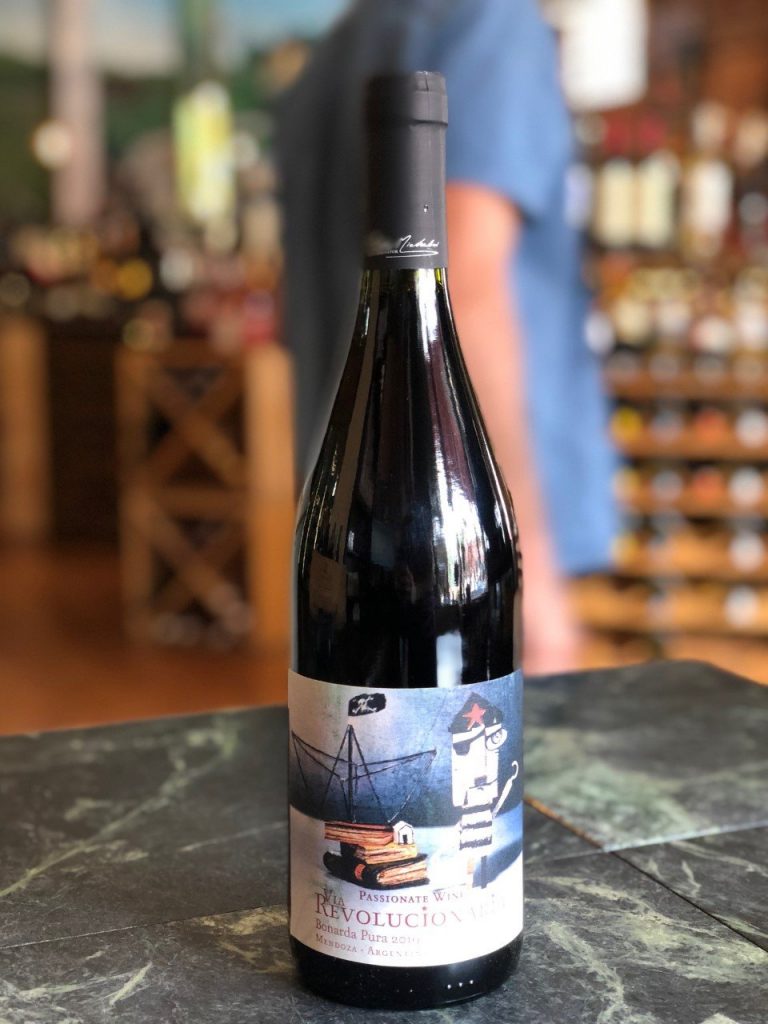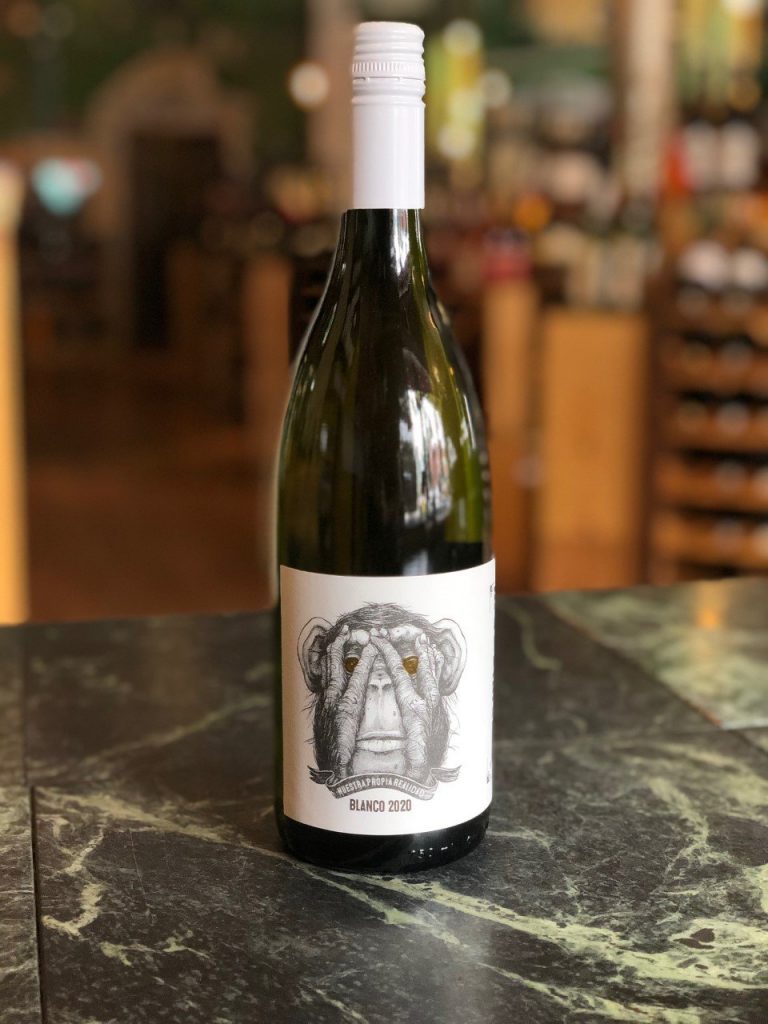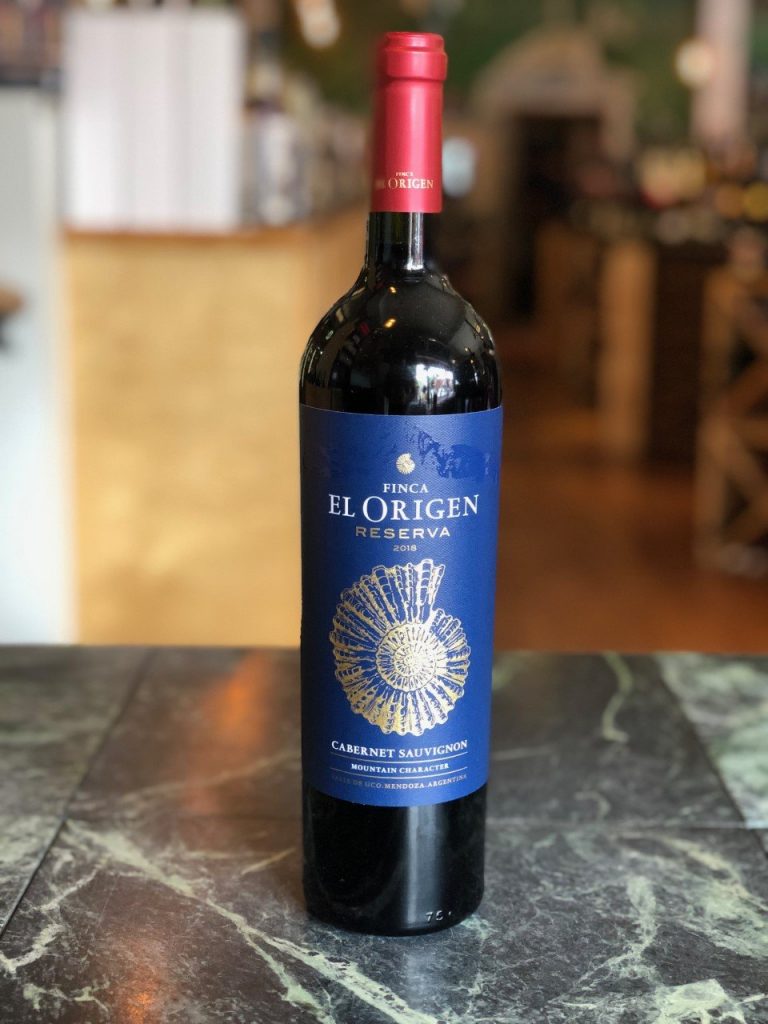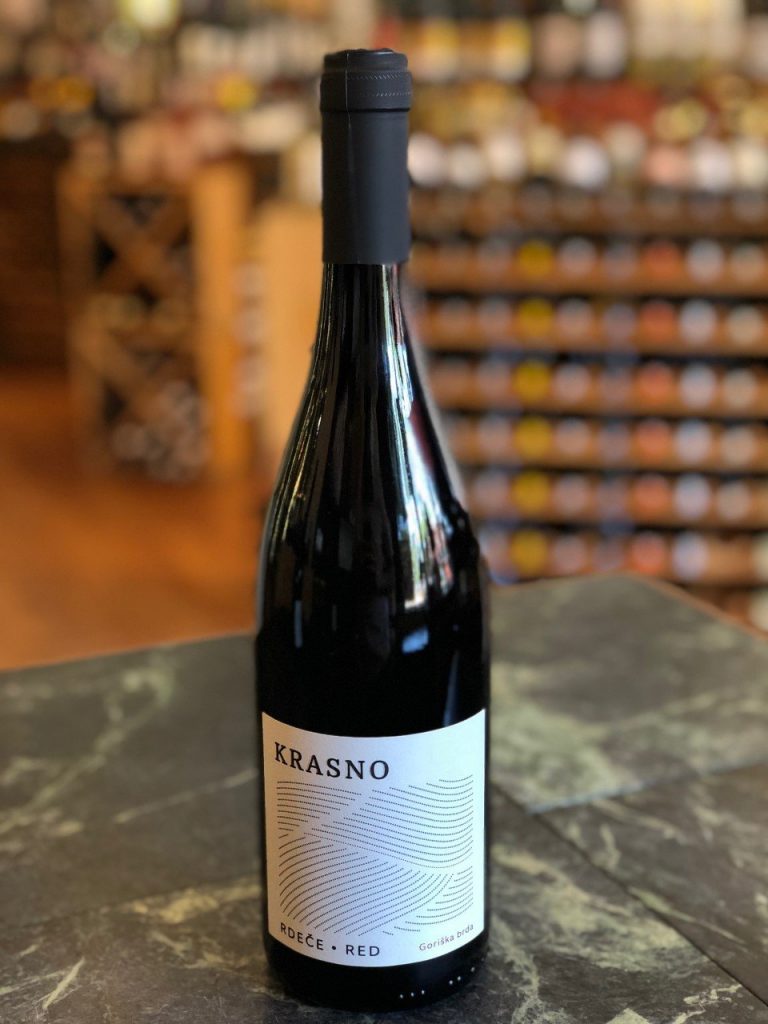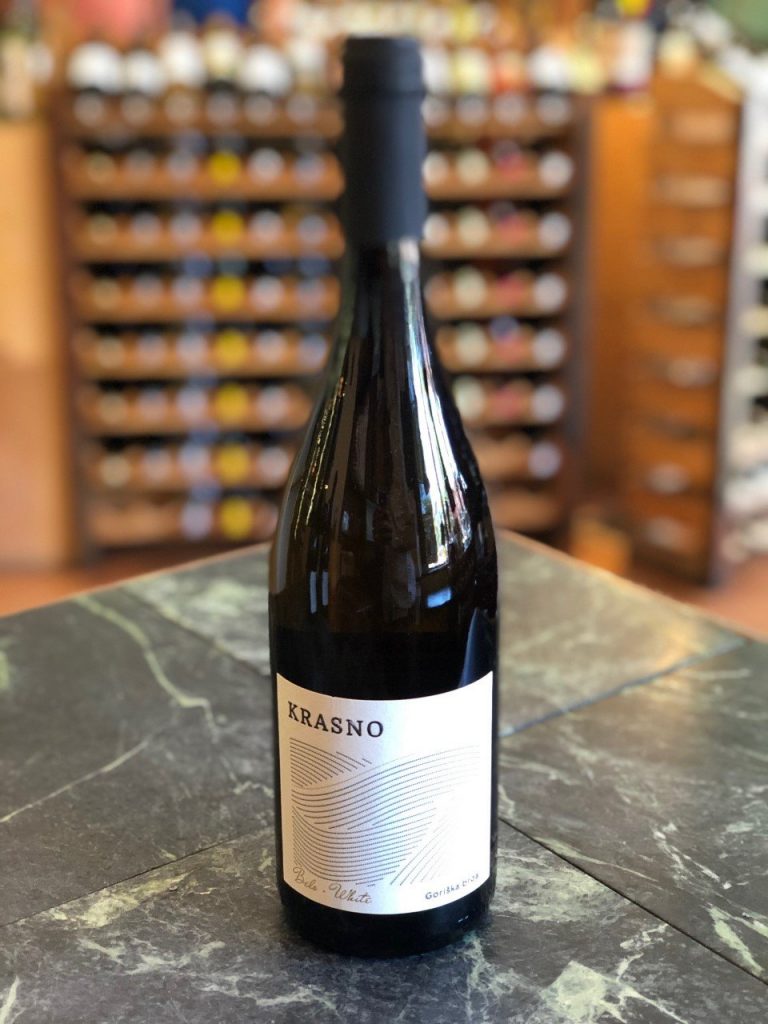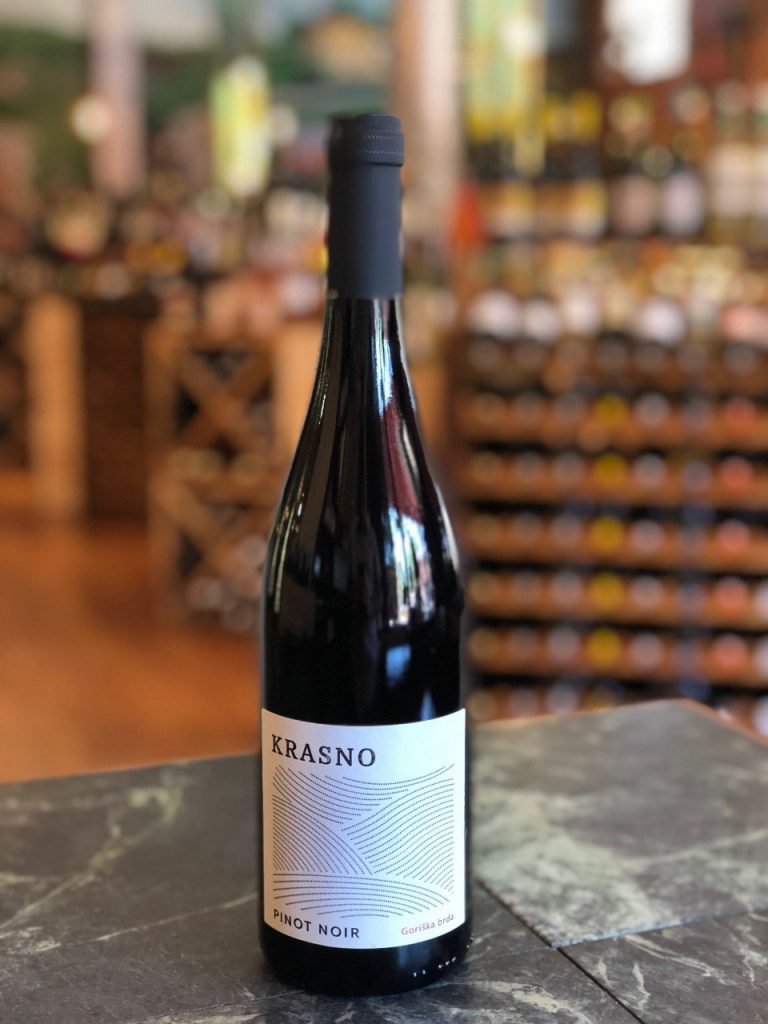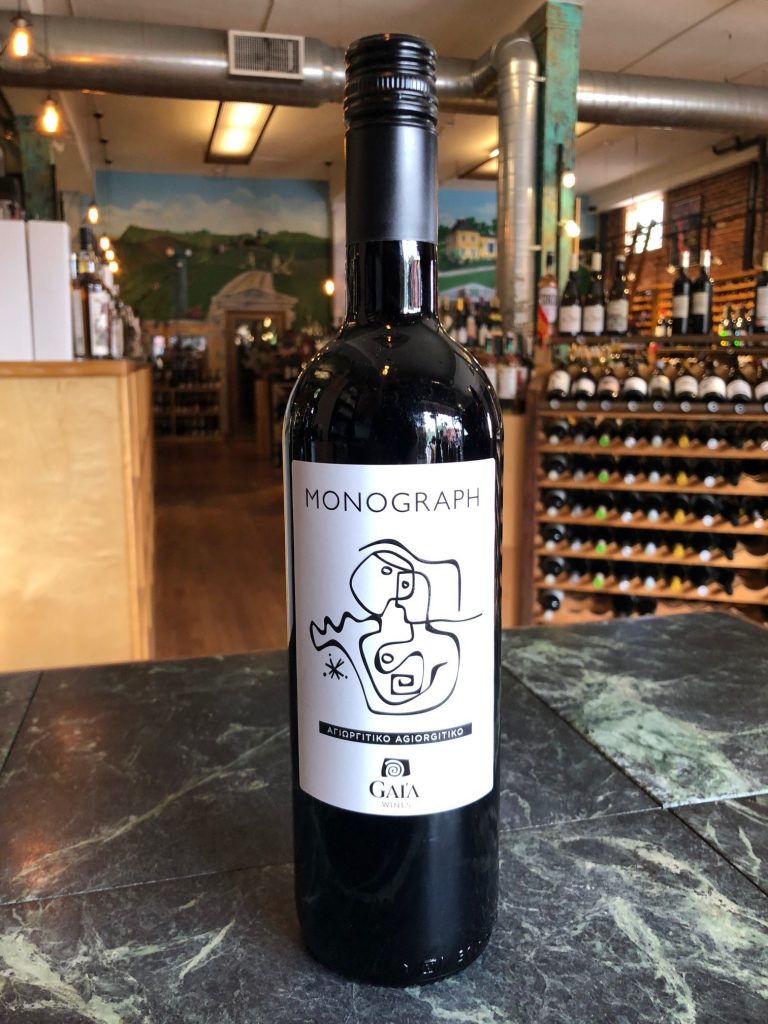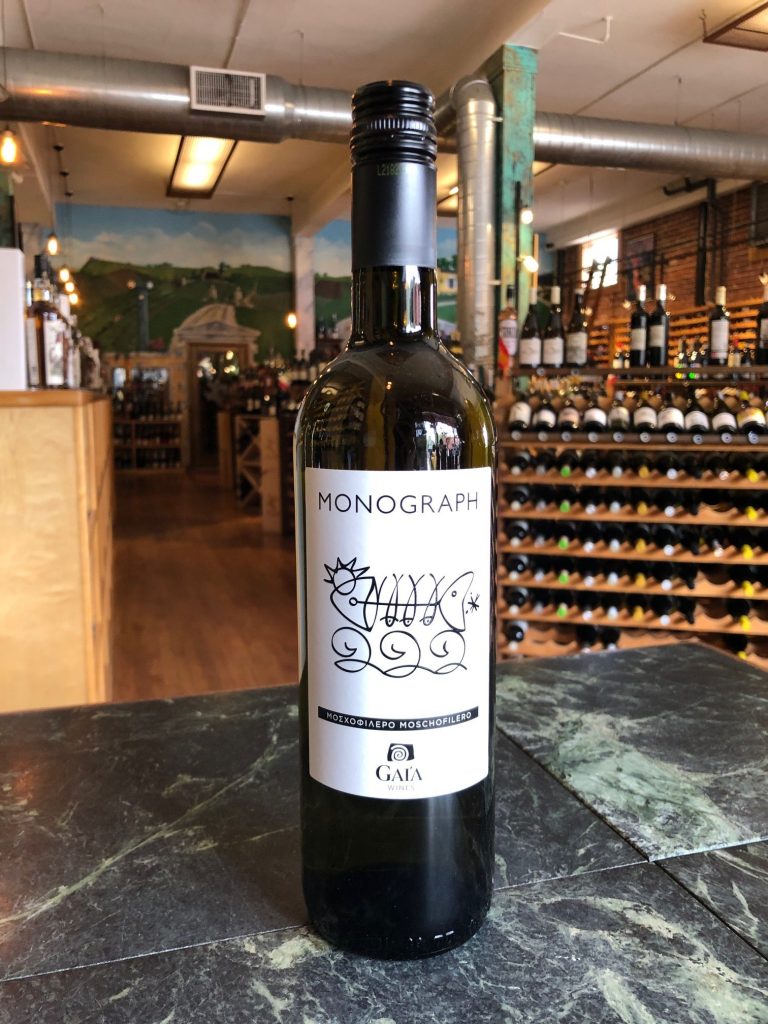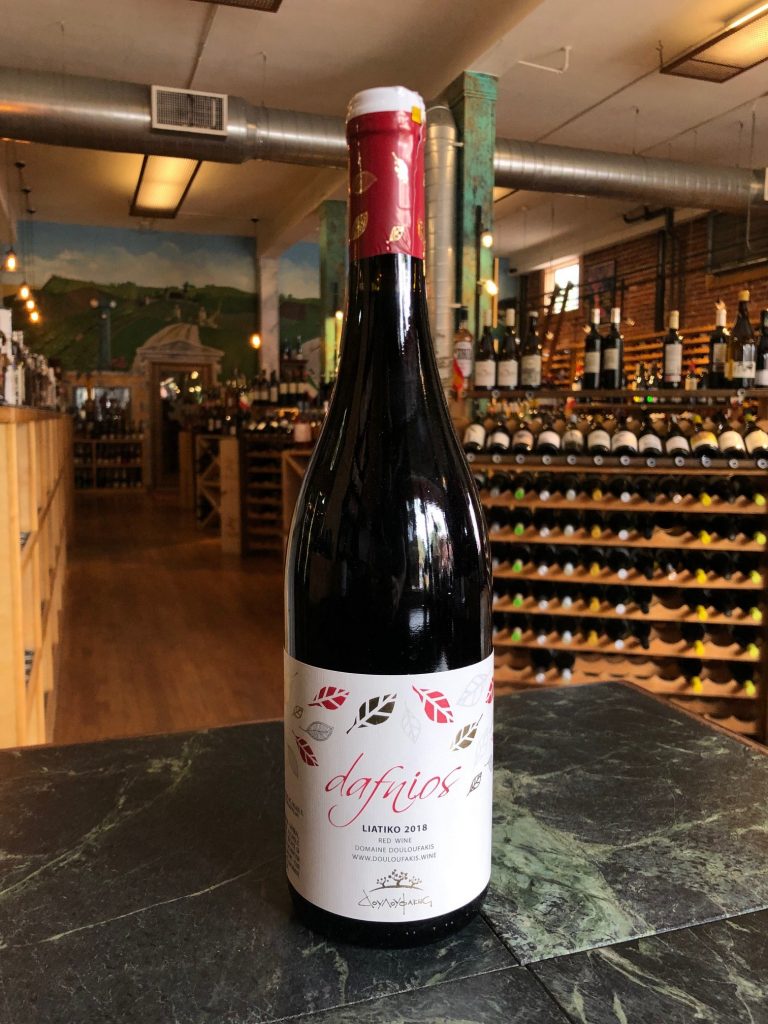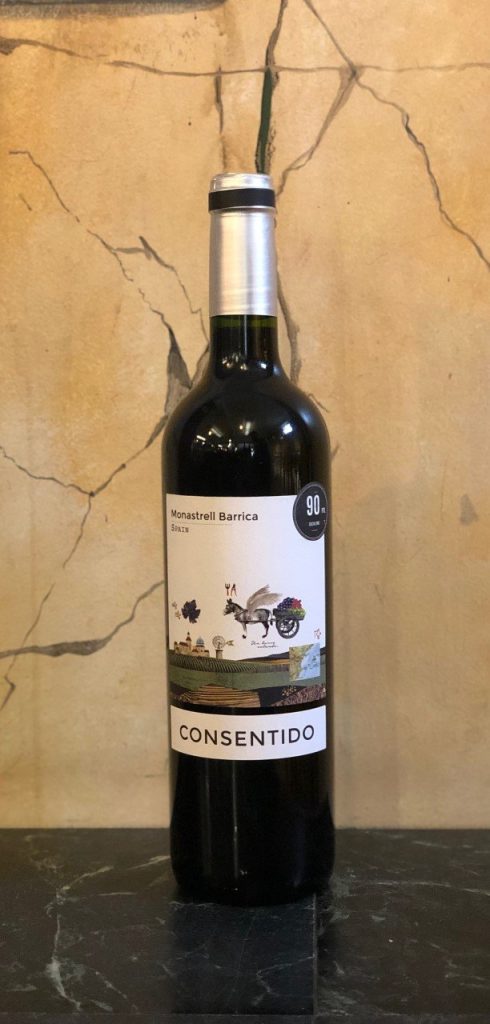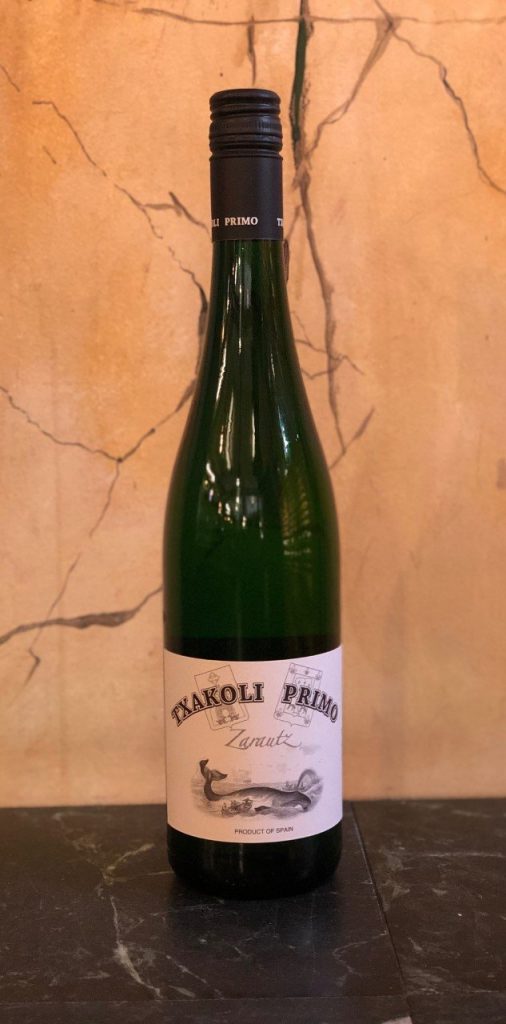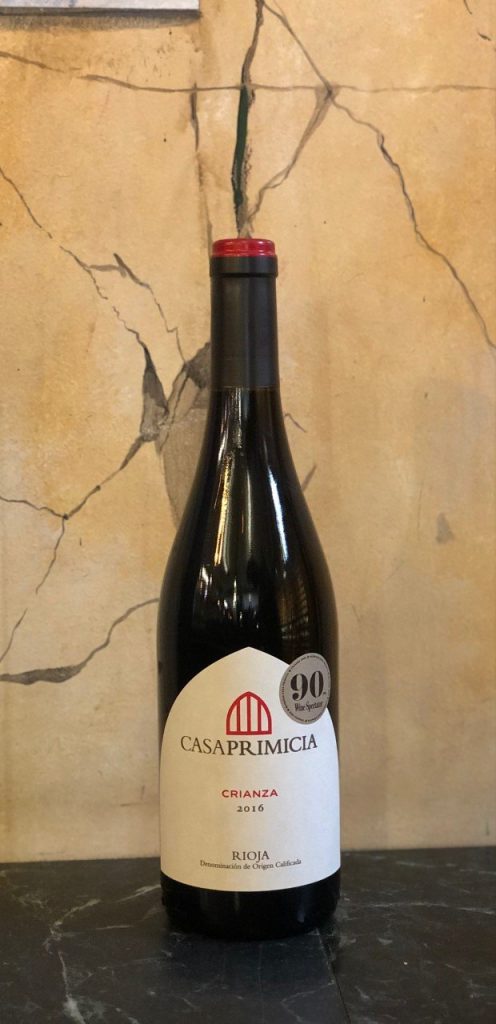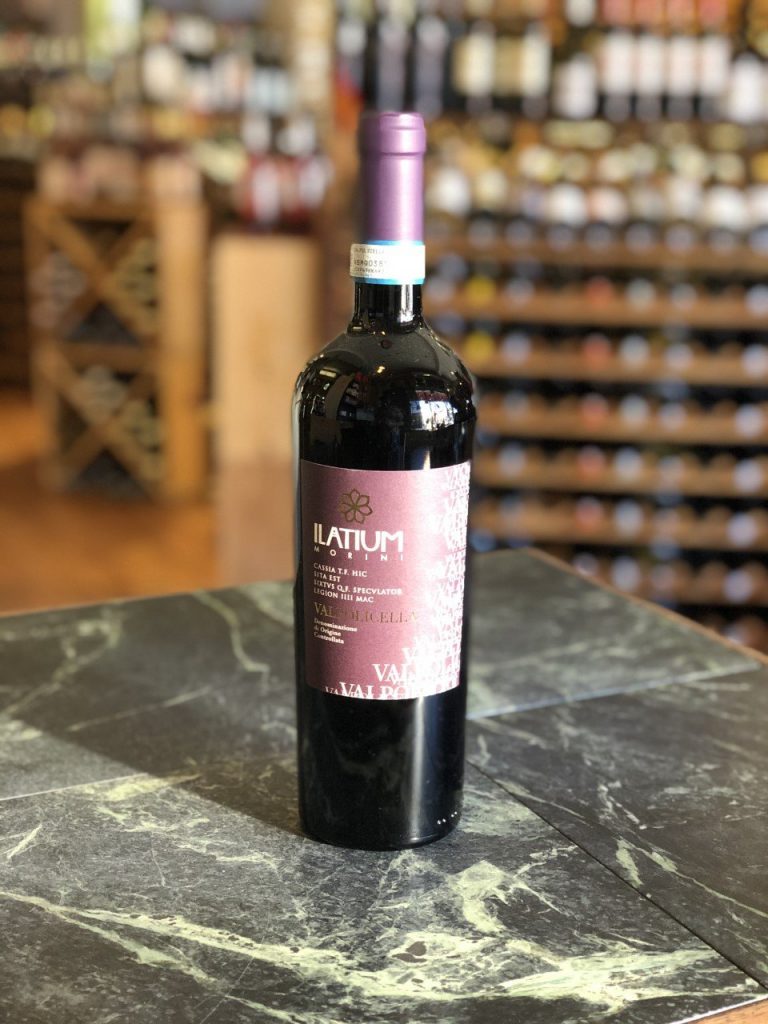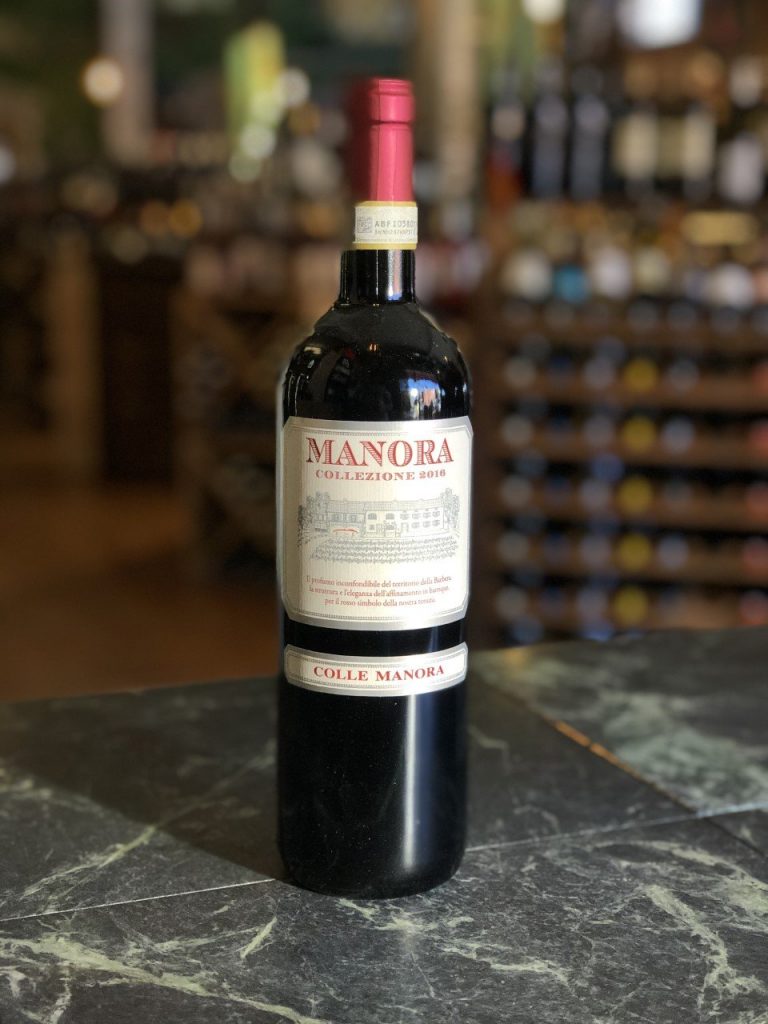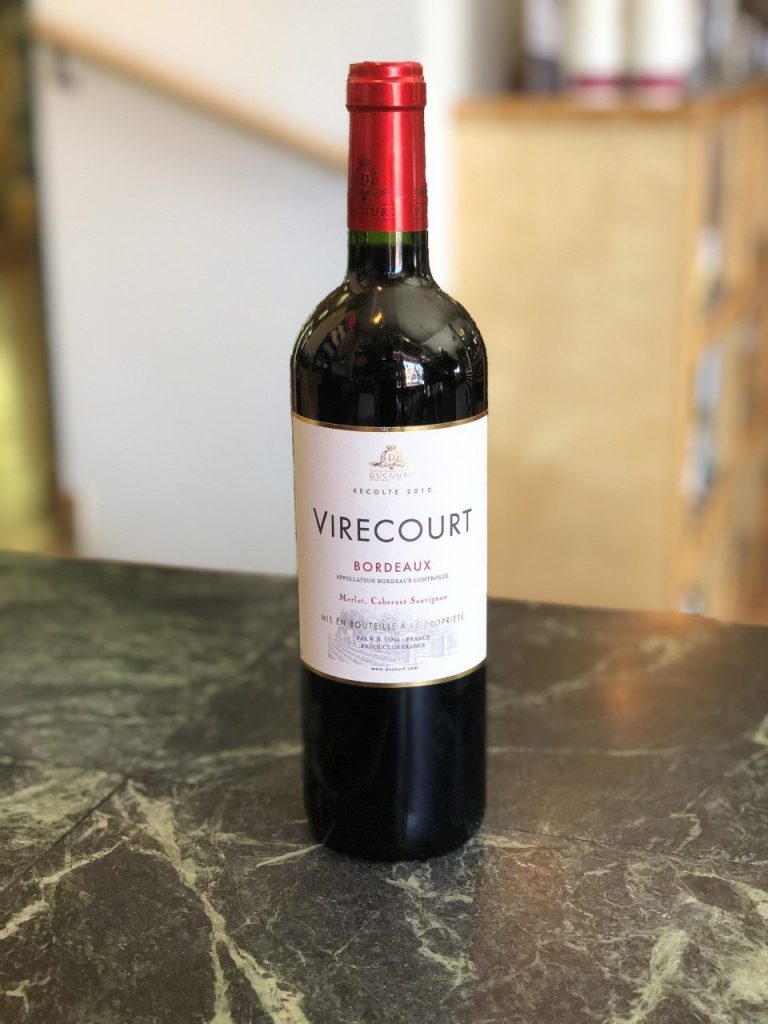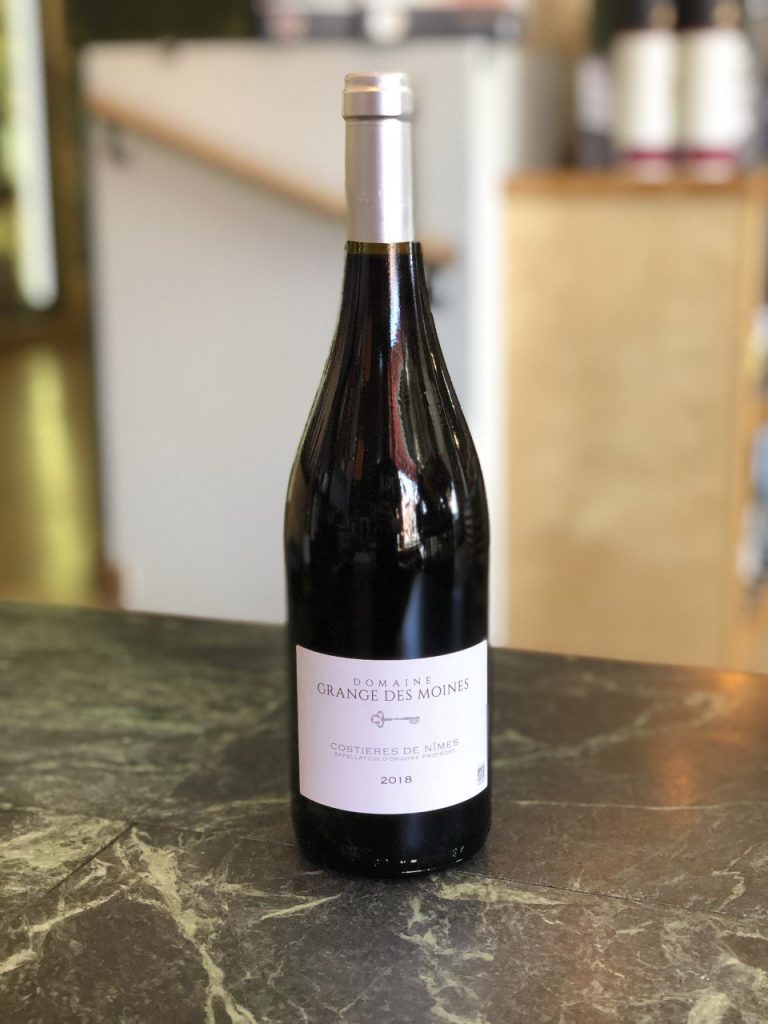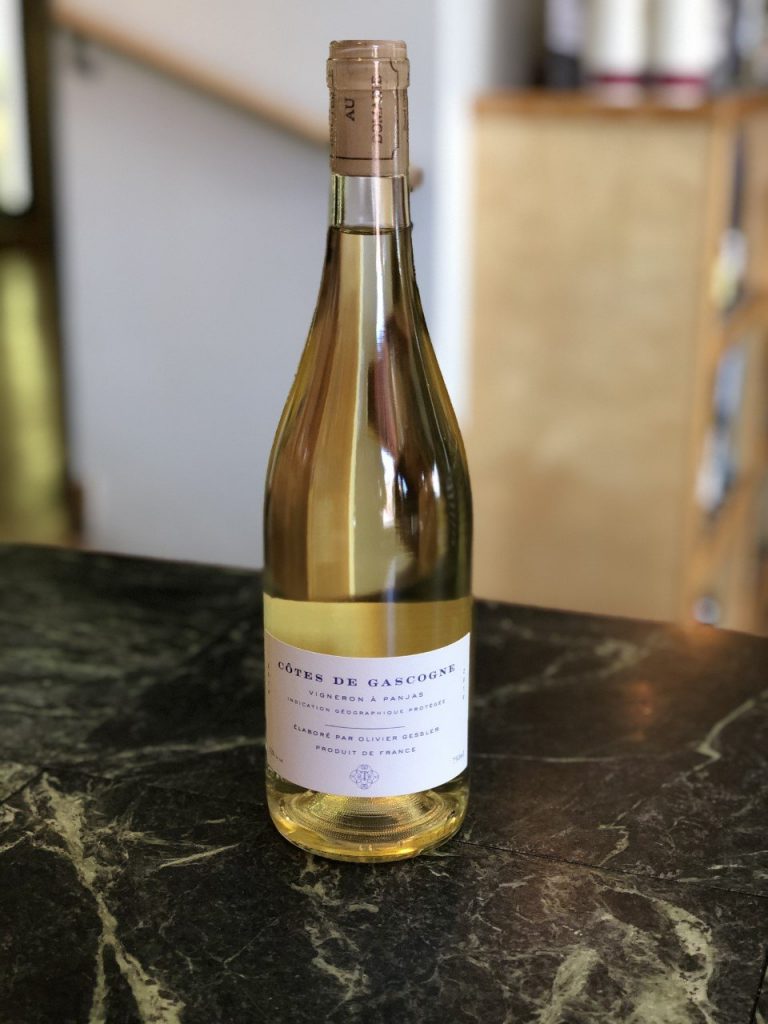Kumusha Pinotage
Swartland, South Africa
Pinotage! The South African creation that is oft disparaged, but in the right hands creates wines that are unique and balanced. Pinotage is a crossing of Pinot Noir and Cinsault, originally cultivated in 1925. The genetics of Cinsault, it was thought, would allow some heat resistance to allow Pinot Noir-like wines to shine in a warmer climate like South Africa.
This expression comes to us from Kumusha, led by sommelier and winemaker Tinashe Nyumudoka. Originally from Zimbabwe, Tinashe moved to Cape Town with no formal restaurant or wine experience. He started polishing silverware at a high-end restaurant, and eventually worked his way up to waiter, and later became the wine steward of a restaurant called Nobu. He has since partnered with Opstal Winery to create his own line of wines. “Kumusha” means “My Roots” in Tinashe’s native Shona language, an homage to the sense of place his wines have.
His Pinotage expresses juicy, red forest berries, dark cherries, and a savory finish.

